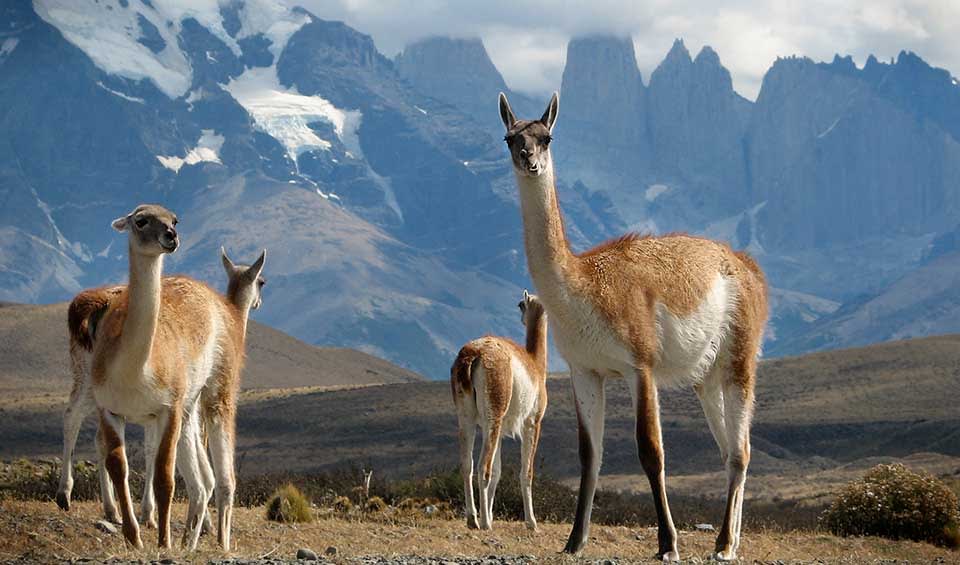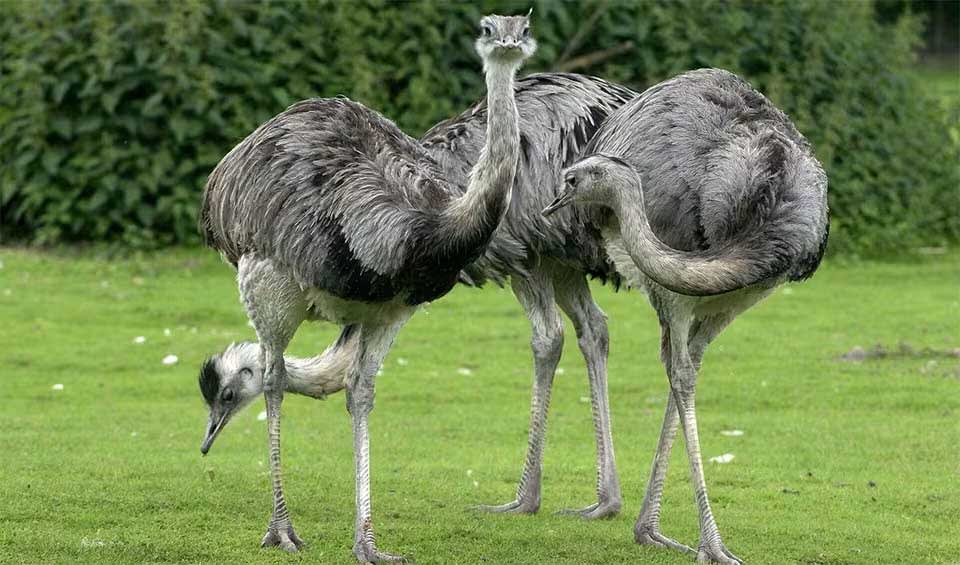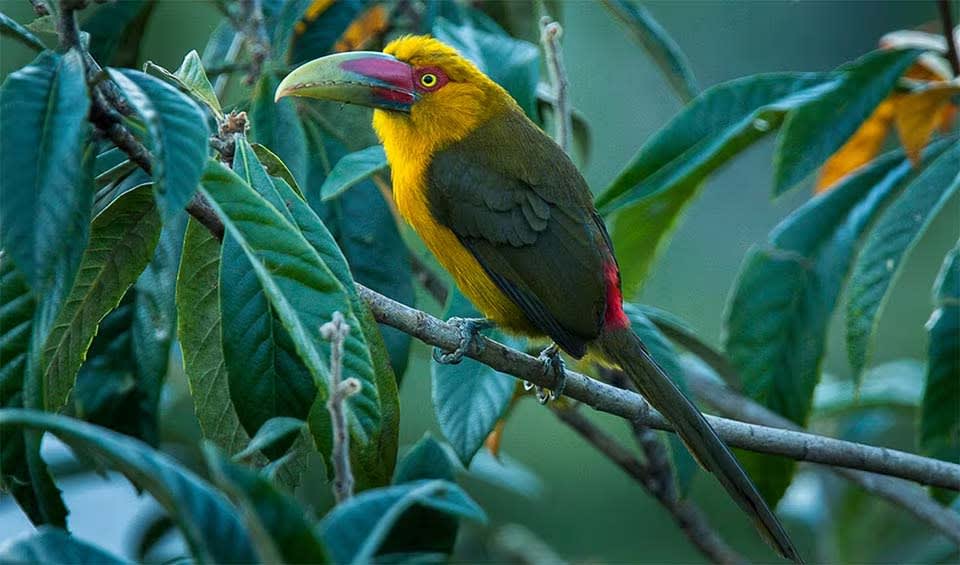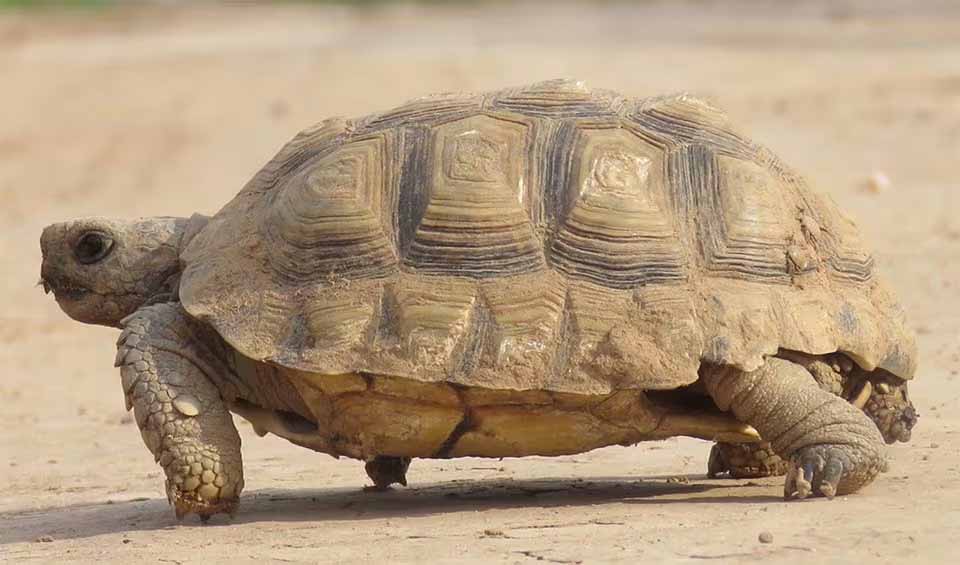Paraguay boasts abundant biological diversity and a variety of ecosystems, categorized into 11 ecoregions, with six located in the Eastern Region and five in the Western Region. The Eastern Region is particularly rich in forest cover, including mountain forests in Amambay and Mbaracayú, as well as Paraná and Central region forests.
Notably, the southeastern part of Paraguay falls within the Atlantic Forest hotspot, recognized as one of the world’s 36 biodiversity hotspots. The Atlantic Forest is characterized by its diverse landscape, encompassing evergreen to semi-deciduous forests, deciduous forests, mangroves, swamps, coastal forests, scrublands, high-altitude grasslands, and mixed Araucaria forests.
Four pillars elaborated:
Paraguay boasts several crucial protected areas essential for safeguarding its distinctive biodiversity. Among these, the Pantanal stands out, situated in the country’s western region. As the world’s largest wetland, the Pantanal is teeming with diverse species such as jaguars, giant otters, and capybaras. Defensores del Chaco National Park is another significant protected area, spanning over 7,000 km² (2,700 mi²) in the Chaco region. Known for its rugged terrain, the park provides habitat for various wildlife including pumas, tapirs, and armadillos. Additionally, Cerro Cora National Park, Mbaracayu Biosphere Reserve, and San Rafael National Park play crucial roles in conserving Paraguay’s forests, grasslands, and unique flora and fauna. Land Management
Land Management
The primary threats to the biodiversity of Paraguay stem from land use change and deforestation. In the Atlantic Forest, deforestation often accompanies other human activities like hunting, logging, and the gathering of non-timber forest products, leading to the near extinction of some of its unique species. Similarly, the Cerrado faces significant pressures from cattle ranching, the cultivation of annual crops such as soybeans, maize, and cotton, biofuel production from sugar cane, logging for charcoal, wildfires, and the establishment of commercial forest plantations. Threats to Biodiversity
Threats to Biodiversity
Paraguay has demonstrated its commitment to biodiversity conservation through various legislative measures and initiatives. Ratification of the Convention on Biological Diversity and regular submission of national reports underscore its dedication. The approval of the National Strategy and Action Plan for Biodiversity Conservation in 2003 marked a significant milestone. Legislation such as Law No. 2,524/04 aimed at curbing deforestation in the Eastern region has shown promising results, reducing deforestation by 92%. Capacity and Governance
Capacity and Governance
The country’s protected areas system (SINASIP) covers 15% of its territory, with continued expansion since 1990. Notable protected areas include those in the Atlantic Forest and the Cerrado, supported by regulations like the 1973 Forestry Law and the 2004 Prohibition of Transformation and Land Conversion Activities in the Eastern Region.
Paraguay is dedicated to conserving and sustainably managing its biodiversity for future generations, with ambitious plans in place. The country aims to expand its network of protected areas, enhance their management, and foster sustainable tourism while engaging local communities. Strengthening legal frameworks to combat wildlife trafficking and illegal logging is another priority, along with promoting collaboration between government agencies and communities. Paraguay acknowledges the significance of scientific research and monitoring, intending to invest in these initiatives to improve understanding of its biodiversity and inform conservation strategies. Future Trends
Future Trends
Biodiversity
The Gran Chaco, a hot and semi-arid lowland area, is one of Paraguay’s most distinctive ecosystems. It is home to a unique mix of species adapted to the harsh conditions, including the jaguar, giant armadillo, and the maned wolf. The Chaco is also known for its diverse birdlife, with species such as the Chaco owl, the black-legged seriema, and the endangered Chacoan peccary. The region’s dry forests and savannas support a wide range of plant life, including various cacti and thorny shrubs.The Atlantic Forest, although much reduced from its original extent, remains a critical area for biodiversity in Paraguay. This lush, subtropical forest is home to numerous endemic species and a wide variety of wildlife, including the howler monkey, the ocelot, and the harpy eagle. The forest’s rich plant diversity includes many species of hardwood trees, orchids, and bromeliads.
Paraguay’s extensive river systems, including the Paraguay and Paraná rivers, play a crucial role in the country’s biodiversity. These rivers and their associated wetlands, such as the Pantanal, are vital habitats for aquatic species, birds, and other wildlife. The Pantanal, one of the world’s largest tropical wetlands, supports a remarkable variety of species, including the capybara, caiman, and a vast array of fish and bird species.
In the table below are the number of known species in several main groups, how many of these species are Threatened with extinction, and how many of them are Endemic (unique to Paraguay only):
| Species (World rank) |
Threatened | % Threatened | Endemic | % Endemic | |
|---|---|---|---|---|---|
| Mammals | 180 (#67) | 10 | 5.6% | 1 | 0.6% |
| Birds | 689 (#40) | 28 | 4.1% | 1 | 0.1% |
| Reptiles | 193 (#48) | 8 | 4.1% | 12 | 6.2% |
| Amphibians | 82 (#42) | 23 | 28.0% | 2 | 2.4% |
| Fishes | 264 (#156) | 17 | 6.4% | 6 | 2.3% |
| Plants | 13,000 (#20) | 20 | 0.2% | 374 | 2.9% |
mammals
Guanaco
The largest herbivores of the dry areas of South America
Southern tiger cat
A majestic predator that rules the jungle with its stunning stripes, fierce hunting skills, and impressive vocalization abilities
Chacoan peccary
Also known as tagua and it is the last existing species of its genus, with only 3000 individuals present today
birds
Greater rhea
The largest native living bird of America
Saffron toucanet
They have a unique habit of storing excess food by hiding it in tree crevices, which they may return to later
Rufous-bellied thrush
Its song is often associated with the arrival of spring and is a symbol of joy and renewal
reptiles
Chaco tortoise
Can go for a long time without drinking water because they get enough from the plants they eat
Yacare caiman
Jacare caiman, raguayan caiman, piranha caiman, red caiman, southern spectacled caiman! It has no shortage of nicknames
Yellow anaconda
While it’s one of the largest snakes in the world, it’s smaller than its green cousin
National Animals
Pampas fox
Small, sly, and swift – it may be pint-sized, but it packs a punch when it comes to survival in the grasslands














